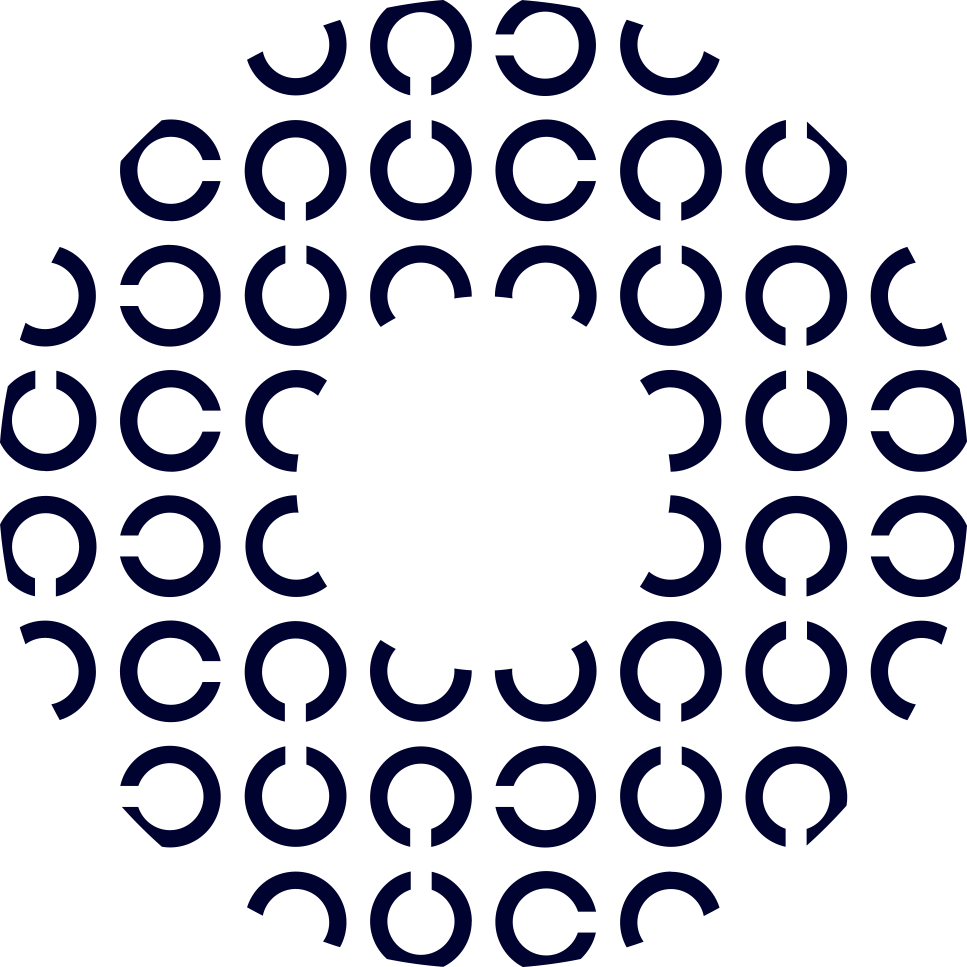- What is fixation disparity?
- What causes fixation disparity?
- General symptoms of fixation disparity
- Dyslexia and fixation disparity
- Support for children with fixation disparity
- Eye examination and advice
Do you have complaints or doubts about your vision?
Don't wait around with it. Call one of the stores near you and ask about the options.
What is fixation disparity?
A common dysfunction caused by improper eye coordination is fixation disparity.
When you look at something, both eyes should be focused on the same spot. When this isn't done properly, you fixate (look) disparately (not correctly). The brain can't merge the images from both eyes into a single image, making vision unclear. This can cause blurry vision or restless behavior.
What causes fixation disparity?
Fixation disparity is an eye disorder, but there's (often) nothing wrong with the eyes themselves. Fixation disparity causes the eyes to malfunction, resulting in binocular vision. Besides sharp vision, it's important that the eyes work together properly. With fixation disparity, the problem can be partly in the coordination of the eyes, but also in the brain's processing. Fixation disparity often occurs on its own and has no clear, demonstrable cause.
General symptoms of fixation disparity
-
Concentration and behavioral problems
-
Reversing numbers, letters or words
-
Slowly spell and read by guessing
-
Difficulties with reading comprehension
-
Skipping letters or words
-
A sloppy handwriting
-
Headache, fatigue, neck and/or back complaints
-
Burning, itchy or watery eyes during visual exertion
-
Coordination problems (eye-hand)
If you notice one or more of the above-mentioned complaints, it is useful to have a standard eye test This can be done at Oogwereld. If the visual complaints are the result of improper eye coordination, a standard eye exam is insufficient. In that case, an eye specialist specializing in binocular vision (eye coordination) should be consulted. Such a binocular examination can also be performed at Oogwereld.
Dyslexia and fixation disparity
Fixation disparity can occur in conjunction with dyslexia. A child with fixation disparity often exhibits symptoms associated with dyslexia. For example, children with dyslexia have more difficulty reading, spelling, and writing than non-dyslexic children of the same age and intelligence level. Dyslexics also absorb new information (sounds, words, text) more slowly than other people.
When the eyes are disrupted, the auditory sense automatically takes over some of the information perception. Children with fixation disparity are overstimulated, and there's so much noise that they become easily distracted. Concentration or behavioral problems can also arise over time, either due to frustration or as (emotional) compensatory behavior.
Because dyslexia is a never-ending disorder, it's important to provide children with dyslexia with proper support and the right resources. Research has shown that this can help limit any learning delays.
Support for children with fixation disparity
In the Netherlands, teachers, internal supervisors, remedial teachers, and any (para)medics in schools are highly trained and knowledgeable. In close collaboration with these professionals, we can work together to support children with, for example, fixation disparity. A child notices a huge difference when using good, personalized glasses. Their academic performance improves, which also helps them regain their sense of confidence, self-esteem, and ability. Therefore, it's crucial that dyslexic children also have their eyes tested to rule out any visual problems.
Eye examination and advice
An eye examination for fixation disparity is subject to the strictest requirements. Oogwereld uses a protocol to provide the appropriate care. If an abnormality is detected in the visual system, visual training and/or glasses are recommended if there are any complaints. If necessary, a referral is made to an orthoptist or ophthalmologist. If the examination reveals no visual abnormality, we refer the patient to professional dyslexia centers.
We are here for you
Please contact one of the stores near you by phone and ask about the options.

